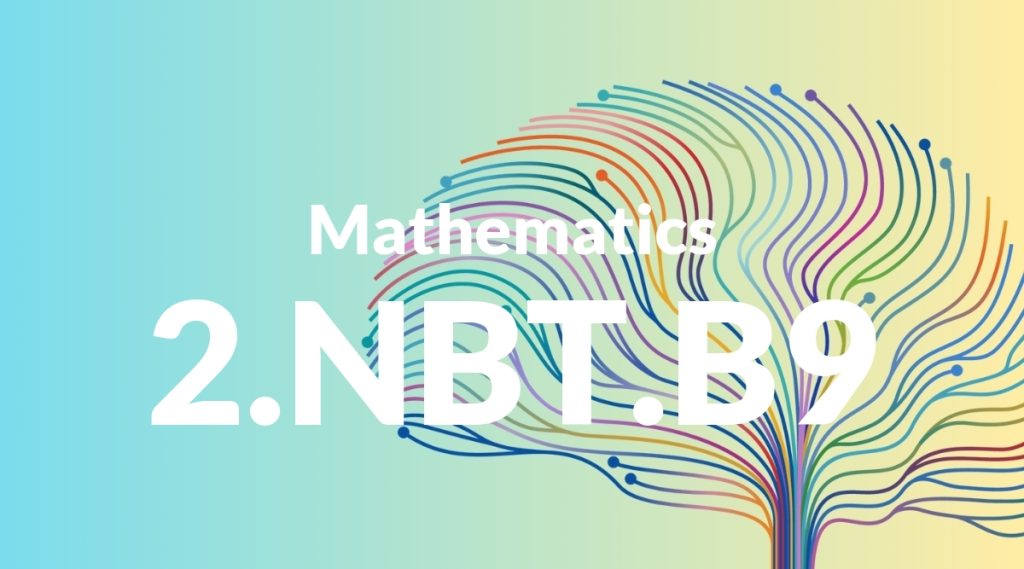Standard: 2.NBT.B9 – Explain why addition and subtraction strategies work, using place value and the properties of operations.
Grade level: Grade 2
Subject: Mathematics
Domain: Number & Operations in Base Ten
Teacher Overview
This standard emphasizes the importance of understanding the ‘why’ behind addition and subtraction strategies by using place value and properties of operations. This understanding is crucial for building a strong mathematical foundation in young learners, enabling them to progress to more complex mathematical concepts. Students should already understand single-digit addition and subtraction, be familiar with place value concepts, and be able to count to 100.
After mastering this standard, students will be ready to tackle more complex multi-digit addition and subtraction problems and will have a deeper understanding of the properties of operations.
Common Misconception 1
A common misconception is that addition and subtraction strategies are arbitrary. This is incorrect because these strategies are deeply rooted in place value concepts, which provide a logical structure for understanding how numbers work.
Intervention 1
To address this misconception, use visual aids like base-ten blocks to show how place value supports addition and subtraction strategies. This hands-on approach helps students see the logical structure behind their calculations.
Common Misconception 2
Another misconception is that the order of numbers doesn’t matter in subtraction. This is incorrect because subtraction is not commutative; changing the order of the numbers changes the result.
Intervention 2
To remediate this, use examples to demonstrate that changing the order in subtraction problems leads to different results. Reinforce the importance of number order through practice and visual aids.
Prerequisite Knowledge
Students should have a basic understanding of single-digit addition and subtraction, familiarity with place value concepts (ones, tens), and the ability to count to 100.
Subsequent Knowledge
After mastering this standard, students will be able to tackle more complex multi-digit addition and subtraction problems and will develop a deeper understanding of the properties of operations, such as the commutative and associative properties.
Instructional Activities
- Use base-ten blocks to model addition and subtraction problems.
- Create story problems that involve adding and subtracting items.
- Play games that involve making change with play money.
- Use number lines to visualize addition and subtraction.
- Group students to solve real-world problems involving addition and subtraction.




